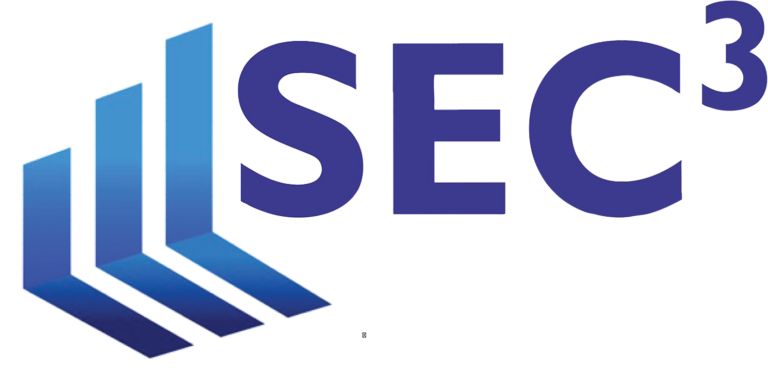The Securities and Exchange Commission (“SEC”) has proposed amendments to Rule 506 of Regulation D to allow the use of general solicitation and advertising in connection with offerings made under the rule to purchasers who are accredited investors. These amendments are in response to a mandate by Congress under the Jumpstart Our Business Startups Act (“JOBS Act”), which was enacted on April 5, 2012. A link to the proposing rule release is here. The SEC has allowed a 30-day comment period before it enacts the final rule.
The proposed amendments affect private funds, including hedge funds, private equity funds and venture capital funds, in that they generally rely on the Rule 506 safe harbor to offer and sell their interests without registration under the Securities Act of 1933. Previously, funds could fall within the safe harbor if they solicited only purchasers with whom they (or their agents) had a pre-existing relationship; no general solicitation or advertising was permitted. This will no longer be the case and funds will be able to market their interests widely to investors they do not know using publicly-available media such as advertisements in newspapers and magazines, communications broadcast over television and radio, seminars whose attendees have been invited by general solicitation and unrestricted websites. While the JOBS Act does not specifically reference private funds, the SEC writes in the release that the effect of the pertinent portion of the JOBS ACT is to permit privately offered funds to make a general solicitation under amended Rule 506 without losing the 3(c)(1) and 3(c)(7) exclusions from the definition of investment company under the Investment Company Act.
Under the proposed amendments, when offerings make use of general solicitation or advertising, the issuer must take “reasonable steps” to verify that purchasers of the securities are accredited investors in order to stay within the Rule 506 safe harbor. This is a new due diligence requirement. The amendments would also revise Form D to add a separate box for issuers to check indicating whether they are using general solicitation or advertising in a Rule 506 offering.
Under the proposed amendments, the new Rule 506(c) would allow for general solicitation provided that, among other things, the following conditions are satisfied:
- the issuer must take reasonable steps to verify that the purchasers of the securities are accredited investors; and,
- all purchasers of securities must be accredited investors, either because they come within one of the enumerated categories of persons that qualify as accredited investors or the issuer reasonably believes that they do, at the time of the sale of the securities (note that this means that a manager can no longer have up to 35 non-accredited investors in each fund’s offering under the Rule 506 safe harbor).
It is important to note that the ability of issuers to conduct Rule 506 offerings under the existing regime has been preserved under the proposed amendments. Accordingly, issuers that opt to offer their interests without recourse to general solicitation or advertising can continue to privately offer securities to up to 35 non-accredited investors (in addition to an unlimited number of accredited investors), and they need not comply with the requirement to take “reasonable steps” to verify the financial status of purchasers as accredited investors. Another reason fund managers may wish to offer securities without general solicitation would be in order to continue relying on CFTC exemption 4.13(a)(3) which allows commodity pool operators to avoid registration if they trade a de minimis amount of commodity interests provided that the “interests in the pool are offered and sold without marketing to the public in the United States” (which requirement appears to preclude general solicitation).[1]
Note that the proposed amendments do not prescribe specific steps necessary to satisfy the requirement that issuers “take reasonable steps to verify that purchasers of the securities are accredited investors”. The SEC has eschewed a bright-line test because it recognizes that different methods may be appropriately used to verify whether a purchaser is accredited. For example, the SEC indicates in the release that steps that are reasonable to verify a broker-dealer (which could be as simple as checking the FINRA site) would differ from those used to verify a natural person. Depending on the nature of the offering, a questionnaire or representation may not be sufficient, for instance, in an offering through which investors are solicited through a widely-available website or widely-disseminated e-mail or social media. On the hand, if new investors are solicited through a database of pre-screened accredited investors created and maintained by a reasonably reliable third party, such as a registered broker-dealer, an issuer may rely on that third-party’s representation and verification efforts. Interestingly, the release includes a footnote that reads, “If an issuer has actual knowledge that the purchaser is an accredited investor, then the issuer would not have to take any steps at all.”[2] The SEC release notes that “issuers would consider a number of factors when determining the reasonableness of the steps to verify that a purchaser is an accredited investor” and provides some examples of factors including:
- the nature of the purchaser and the type of accredited investor that the purchaser claims to be;
- the amount and type of information that the issuer has about the purchaser; and
- the nature of the offering, such as the manner in which the purchaser was solicited to participate in the offering, and the terms of the offering, such as a minimum investment amount.
We will be following developments regarding this issue as the rule enactment process continues and update you as developments warrant.
[1] See CFTC July 10 no-action letter at http://www.cftc.gov/LawRegulation/CFTCStaffLetters/No-ActionLetters/index.htm
[2] See footnote 51 on page 17 of the release.

